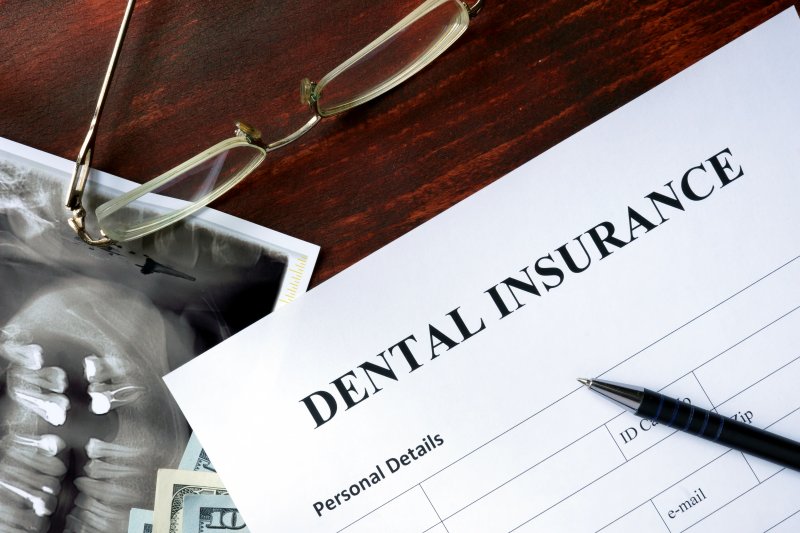
Dental insurance is a valuable thing to have, and millions of Americans benefit from it each year. According to the National Association of Dental Plans, 77% of Americans have dental benefits and for the majority, it is private coverage from an employer or group program. However, it can be a confusing topic for many. What exactly does your plan cover? Continue reading to learn more about different types of insurance plans and how they work.
What Types of Dental Insurance Plans Are There?
There are a few different types of dental insurance plans available. Here are the most common options:
- Dental Health Maintenance Organization (DHMO): This type of plan provides a network of dentists that accept the plan for a set co-pay or no fee at all. However, with this plan, you aren’t able to receive coverage when you see a dental provider who is not in-network with your plan.
- Preferred Provider Organization (PPO): For this plan, you have the option between choosing a dentist who accepts your plan or another dental provider. However, if you choose a dentist who is out-of-network, your out-of-pocket costs are likely to be higher.
- Discount Dental Plan: With this plan, you get a discount on dental services from a select group of dentists, but it does not actually cover any of your care. Instead, participating dentists will give you a discount.
What Does Your Dental Insurance Plan Cover?
Every plan is unique, so your benefits could differ from others. Some elect not to cover certain procedures. However, most dental insurance plans tend to follow a 100-80-50 coverage structure. This means that you can expect them to cover the following:
- 100% of Preventive Care: This includes checkups, cleanings, routine x-rays, and other essential preventive treatments.
- 80% of Basic Procedures: Basic services would include dental treatments like periodontal scaling, fillings, and other less invasive procedures that you may need to keep your smile in good health.
- 50% of Major Procedures: Major procedures are more complex and not covered at as high of a percentage. This category would include services like root canals, crowns, dental implants, dentures, orthodontic treatment, and other procedures that are more on the invasive side.
In most cases, cosmetic dental procedures are not at all covered by dental insurance and need to be paid for out of pocket since they are not deemed essential.
Remember that as the year comes to a close, your benefits are likely to renew. This means that you will be responsible for paying your annual deductible again. If you haven’t seen your dentist in over six months or are in need of a dental treatment, there is no better time to head to the office. Use your benefits before you lose them!
About the Author
Dr. Joyce Warwick is an experienced dentist who has been working in the field for over three decades. She earned her dental doctorate from the University of Pittsburgh and regularly attends over 100 hours of continuing education on a yearly basis. Currently, she is a proud Fellow of the International College of Oral Implantologists and a member of the American Academy of Implant Dentistry among other involvement in professional dental organizations. For more information on dental insurance or to schedule an appointment at her office in Pittsburgh, visit her website or call (412) 391-1130.

